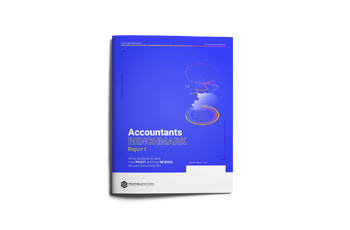When I start coaching an Accounting firm many tell me at the outset that they are ‘value pricing’. I ask them a few questions, do a couple of equations (around average hourly rate) and very quickly I deduce that they are not.
They may be pricing up front, offering fixed fees per month, fixed fees per project, have no time sheets and maybe even charging ‘by the form’ but it doesn’t mean they are value pricing.
A fixed fee for a project / month is not necessarily value pricing. It is definitely better than pricing by the hour in arrears but it is not necessarily value pricing.
After 24 years learning, practicing and teaching Value Pricing to Accountants here is my definition of value pricing
“A value based fee is a fair fee for the contribution you make to your clients condition”
To value price there must be value contribution. Without you they can achieve X, with you they can achieve Z. The contribution is the part in the middle – Y. The contribution could be a tangible increase, an emotional improvement, a consequence saved, some other benefit or even hope.
Here’s an example from Jerry Morey from California of a HOPE contribution – as listed word for word on my community forum last week.
“A prospect came to me with penalties from the IRS of $180,000. I would have probably proposed a range of $2,500 to $5,000 to resolve. Sent a proposal for $16,000 no guarantees on the results and $4,000 up front. The client signed and paid. Also, told the client it was going to be a slim chance on getting it abated, which the client agrees but wants to try.”
Jerry worked out the potential contribution and then articulated it to the client. You must work it out before you blurt it (price) out.
Other than contribution (there must be something) there are 2 other factors in the equation to get to the price. Your value belief and your clients value perception.
Value belief is very personal. In every pricing coaching session I put up 6-8 real scenarios – explain the contribution for each one (that the client gets) then I get the room (you) to price the project as it if was their client. Every time there is a range up to 10 times differential in the room – for the same project. The contribution was the same, the way it was articulated was the same – the only variable was the persons individual value belief.
BTW – ‘crowd-sourcing’ pricing is an amazing thing to do to increase your value belief.
So 3 components to value pricing:
The contribution to the client – how I am better off
How I perceive it – the way it is articulated to me
Your value belief – how confident you are
If you can get all 3 humming in unison then you’ll get your fair fee for the contribution you make to your clients condition!
One thing for sure – if they said ‘yes’ without hesitation then the price was too low. The only right price is just before no.
I hope that was helpful.







